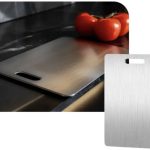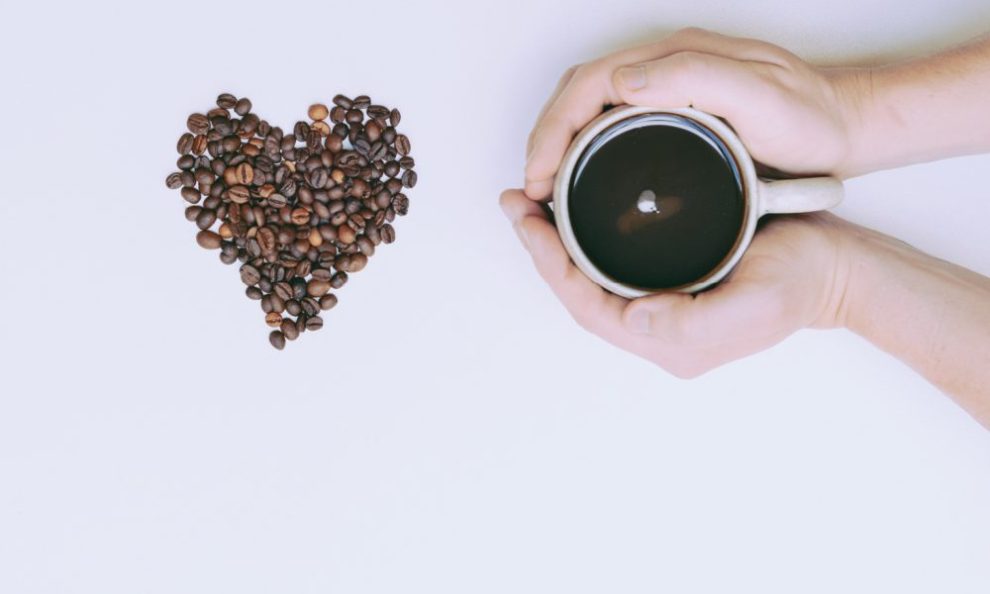The debate between decaf coffee and its caffeinated counterpart has been brewing for years. Decaf lovers champion its ability to deliver the comforting ritual of coffee without the jitters, while caffeine enthusiasts often claim it lacks the depth and complexity of the real deal. But in the battle of the brews, who truly reigns supreme? Let’s embark on a flavour-filled journey, pitting decaf against regular coffee in a head-to-head taste test showdown.
The Contenders:
- Decaf Coffee: Often perceived as a milder, less flavourful option, decaf coffee has undergone significant advancements in recent years. Modern decaffeination processes, such as the Swiss Water Process, aim to preserve the original flavour profile of the beans, making it increasingly difficult to distinguish from regular coffee.
- Regular Coffee: The classic, caffeinated brew that many rely on for its energy boost and bold taste. It’s known for its rich aroma, complex flavours, and varying degrees of acidity and bitterness, depending on the bean origin and roast level.
The Taste Test Challenge
To conduct a fair comparison, we’ll use freshly ground coffee from the same batch of beans, one regular and one decaffeinated using the Swiss Water Process, known for its flavour preservation. We’ll brew both using the same method (pour-over) and evaluate the following aspects:
- Aroma:
- Regular: The aroma of freshly brewed regular coffee is often described as intoxicating, with notes of chocolate, nuts, caramel, or even fruit, depending on the beans’ origin and roast level.
- Decaf: The aroma of decaf coffee might be slightly less intense than regular, but it should still offer a pleasant fragrance with subtle notes of the original bean’s characteristics.
- Flavour:
- Regular: The flavour profile of regular coffee can range from bright and acidic to rich and full-bodied. It often boasts a complex interplay of sweetness, bitterness, and acidity.
- Decaf: High-quality decaf should closely mirror the flavour of its caffeinated counterpart, offering a similar range of notes and complexity. However, some subtle differences might be noticeable, with decaf sometimes perceived as slightly milder or less acidic.
- Body:
- Regular: The body refers to the coffee’s texture or mouthfeel. It can range from light and delicate to heavy and syrupy.
- Decaf: The body of decaf coffee can be similar to regular coffee, but it might sometimes feel slightly thinner or less full on the palate.
- Aftertaste:
- Regular: The aftertaste of regular coffee can linger for several minutes, leaving a pleasant reminder of the coffee’s flavours.
- Decaf: The aftertaste of decaf might be slightly less pronounced or shorter-lived than regular coffee, but it should still be enjoyable.
The Verdict
While subtle differences might be discernible to seasoned coffee tasters, the gap between decaf and regular coffee has narrowed significantly. High-quality decaf, especially when brewed with freshly ground beans and a proper brewing method, can rival the flavour and complexity of regular coffee.
The choice between decaf and regular ultimately comes down to personal preference and individual needs. If you’re sensitive to caffeine or simply prefer to enjoy a cuppa in the evening without affecting your sleep, decaf is an excellent option. But if you crave the caffeine kick and the full-bodied intensity of regular coffee, then stick with the original brew.
The Bottom Line
Don’t let outdated notions deter you from exploring the world of decaf coffee. With a discerning palate and a willingness to experiment, you might discover a new favourite that allows you to enjoy the comforting ritual of coffee without the caffeine buzz.













